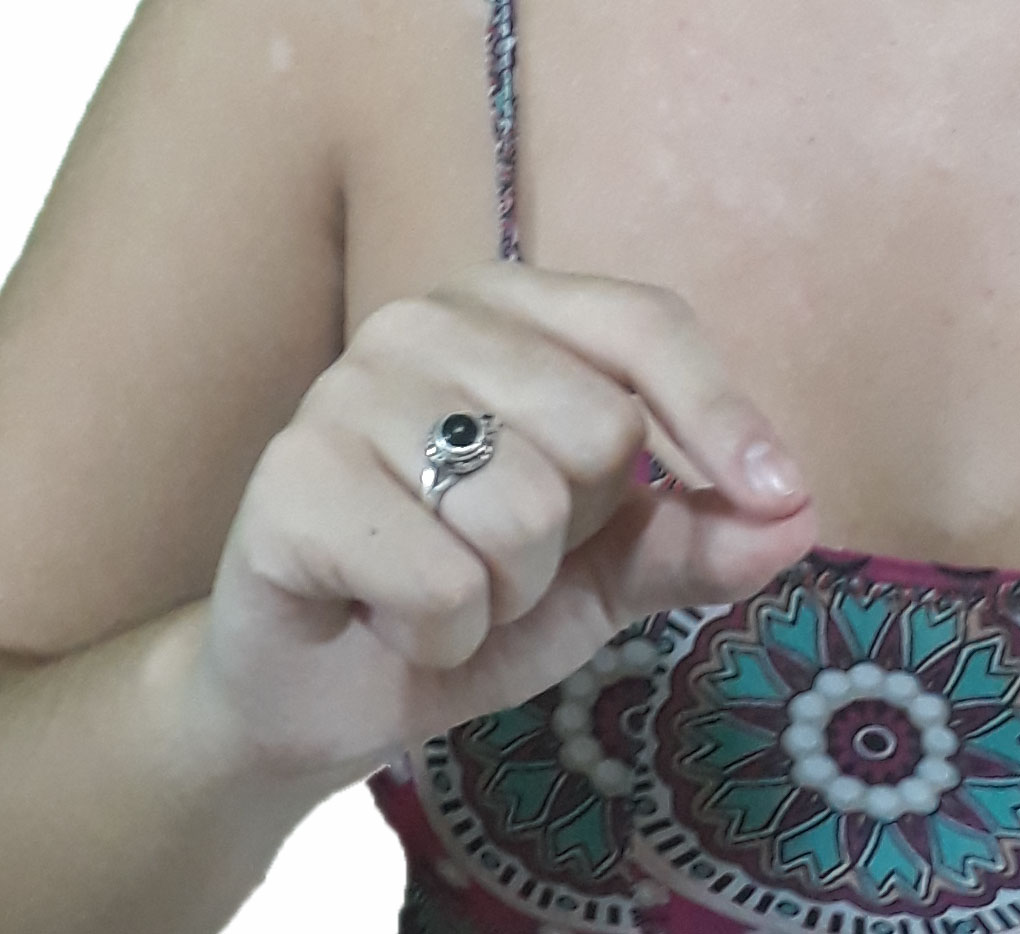Speaking like a native Italian is not only about being grammatically correct with good pronunciation. In many cases, non-verbal communication can say much more than tone of voice and choice of words. Consequently, it’s well known that understanding the cultural background of a language can help you learn to use it even better. In Italian hand gestures are important because they are a cultural trademark.
You can use gestures to indicate tone, emotion, periods, question marks, commas, and more. Above all, it is a common stereotype that Italians talk with their hands, and, like most stereotypes, it is based in part on the truth. Learning these Italian gestures will not only help you with your language skills, but it can also help you communicate. Even if you only have a basic understanding of the language and are at a loss in how to express yourself verbally.
Before you start using Italian gestures, it is very important to make sure you know what a given gesture means. There are many insulting gestures that are commonly used within a social circle of close friends. They should be avoided if you are not in that group. It could be embarrassing and have negative consequences.
Italian gestures are meant to emphasize what is spoken. Although in some cases they can be used without any verbal context at all if the context is established by the flow of the conversation.
Hand gestures can be used to express emotions, ask questions, give answers, and more.
Italians sometimes have a tendency to exaggerate their gestures and tone of voice to the point of seeming angry, but more often than not they might seem angry, and gesticulate wildly. They are actually just having a normal conversation about food or sports.
#1 Eye pull:
This Italian gesture is made by pulling the bottom of your eye down. It means, “Watch out,” or, “I’m watching you.”

#2 X across the lips:
The Italian gesture shown below is made by making an X across your lips with your fingers. It means that you will keep silent.
#3 Chin scrape:
The next Italian gesture is made by scraping the bottom of your chin from the inner part of the neck outward, horizontally, with the back of your hand and fingers. This means, “I don’t care.”

#4 Pursed fingers:
The most common Italian gesture used by Italians is formed by bringing together all your fingertips. It means, “What are you talking about?” or, “What do you want?”
#5 Cheek poke:
This Italian gesture is made by poking your index finger to your cheek to indicate that the food or meal was delicious.
#6 Line in the air:
You can use this Italian gesture to portray that something is perfect. The gesture is typically formed by taking your index and thumb to draw a straight line from left to right if you are right-handed, and from right to left if you are left-handed.

#7 Backwards head whip:
Finally we have the Backwards head whip: This gesture can be a bit confusing. It is the equivalent of a no but it looks similar to a nod. It is done by tilting your head backward slightly accompanied by a word that implies negation.
Yabla enables you to watch videos featuring native Italian speakers where you can clearly see Italian Hand Gestures. The videos include Yabla original content, music videos, lessons, excerpts from TV, feature films, and documentaries. Furthermore you’re provided with interactive subtitles in your native language and Italian. Also you get a dictionary that pops up by clicking on any word. There are flashcards, games, vocabulary reviews, and comprehension questions for each video to enhance your learning experience.
Check out the Yabla platform and discover how to personalize your Italian language learning path.
